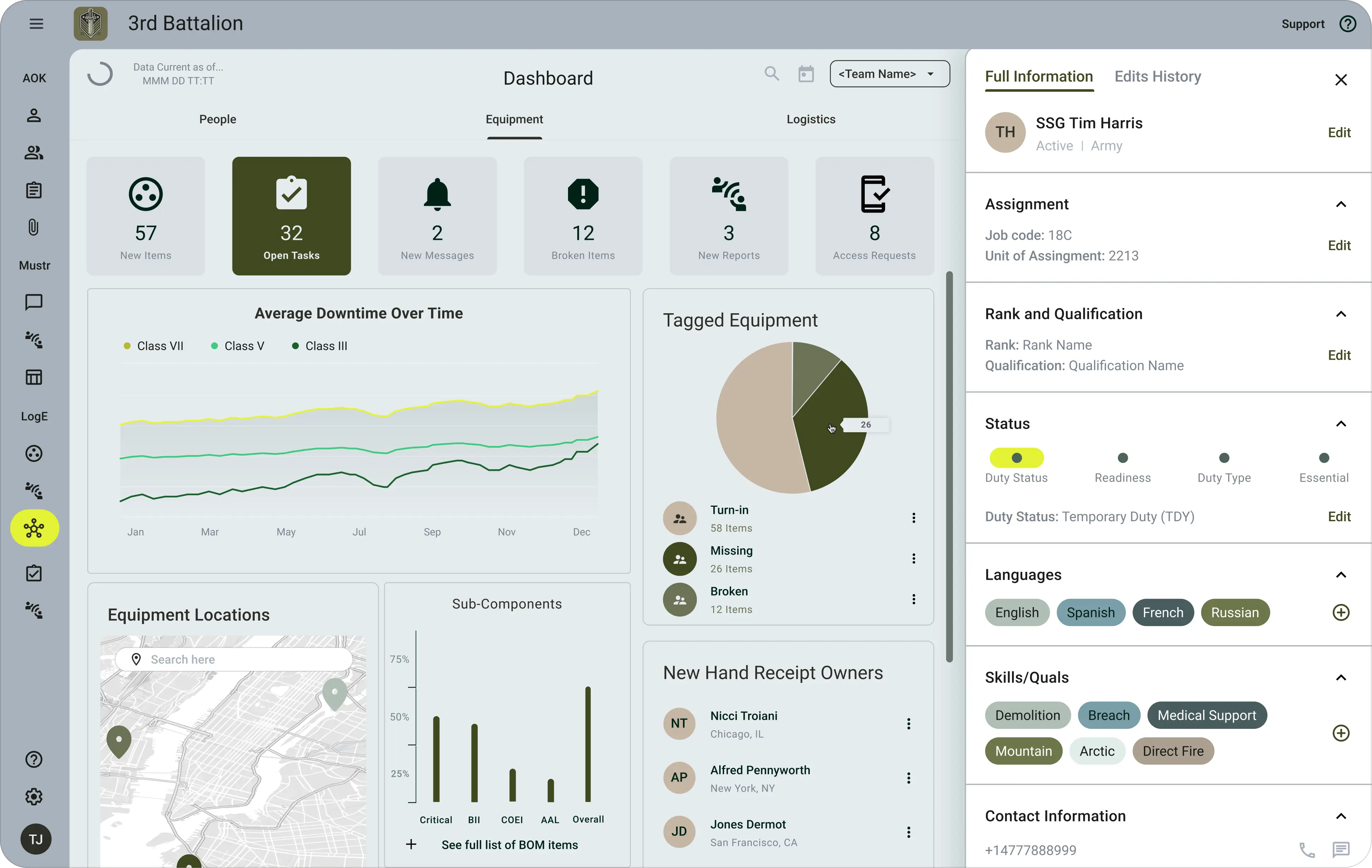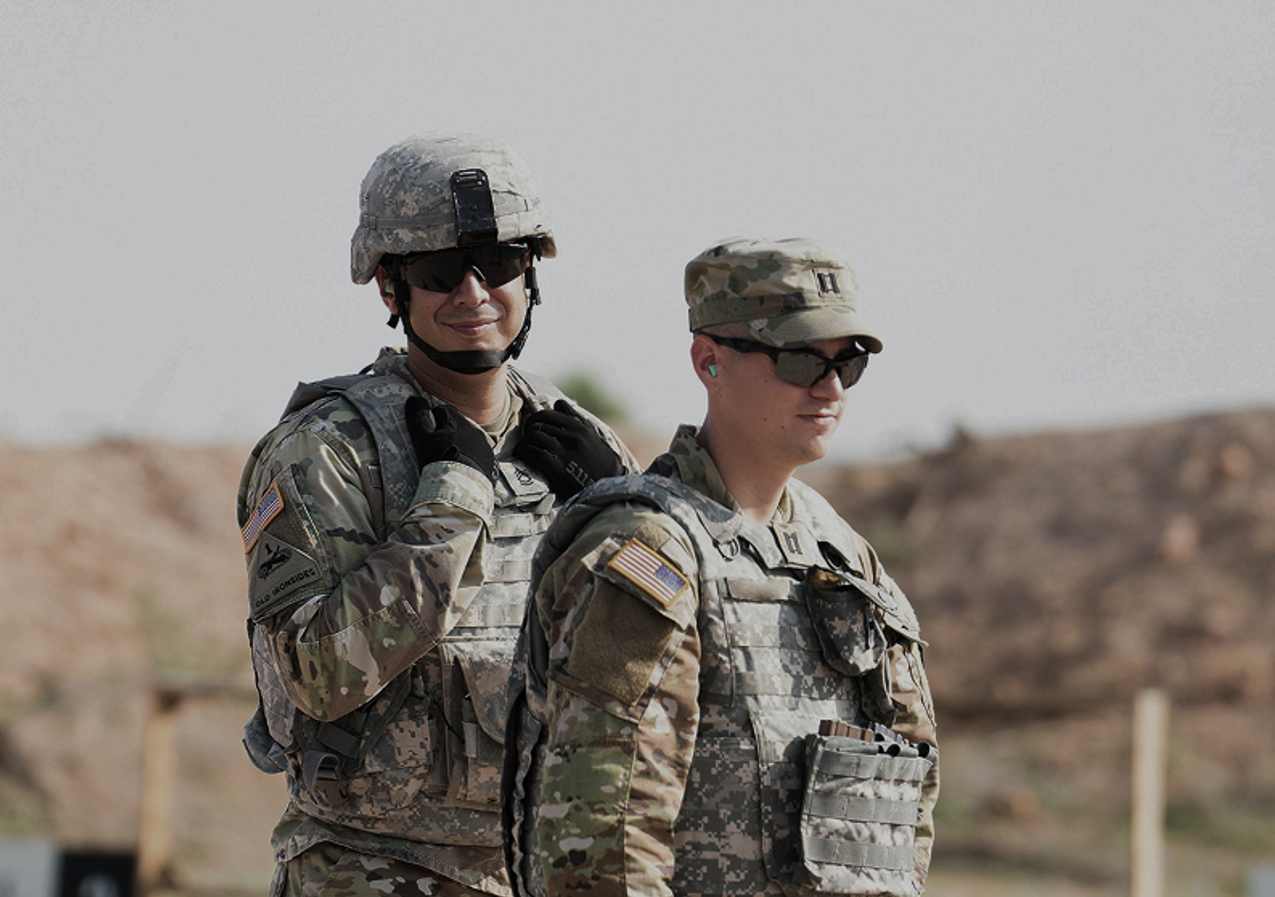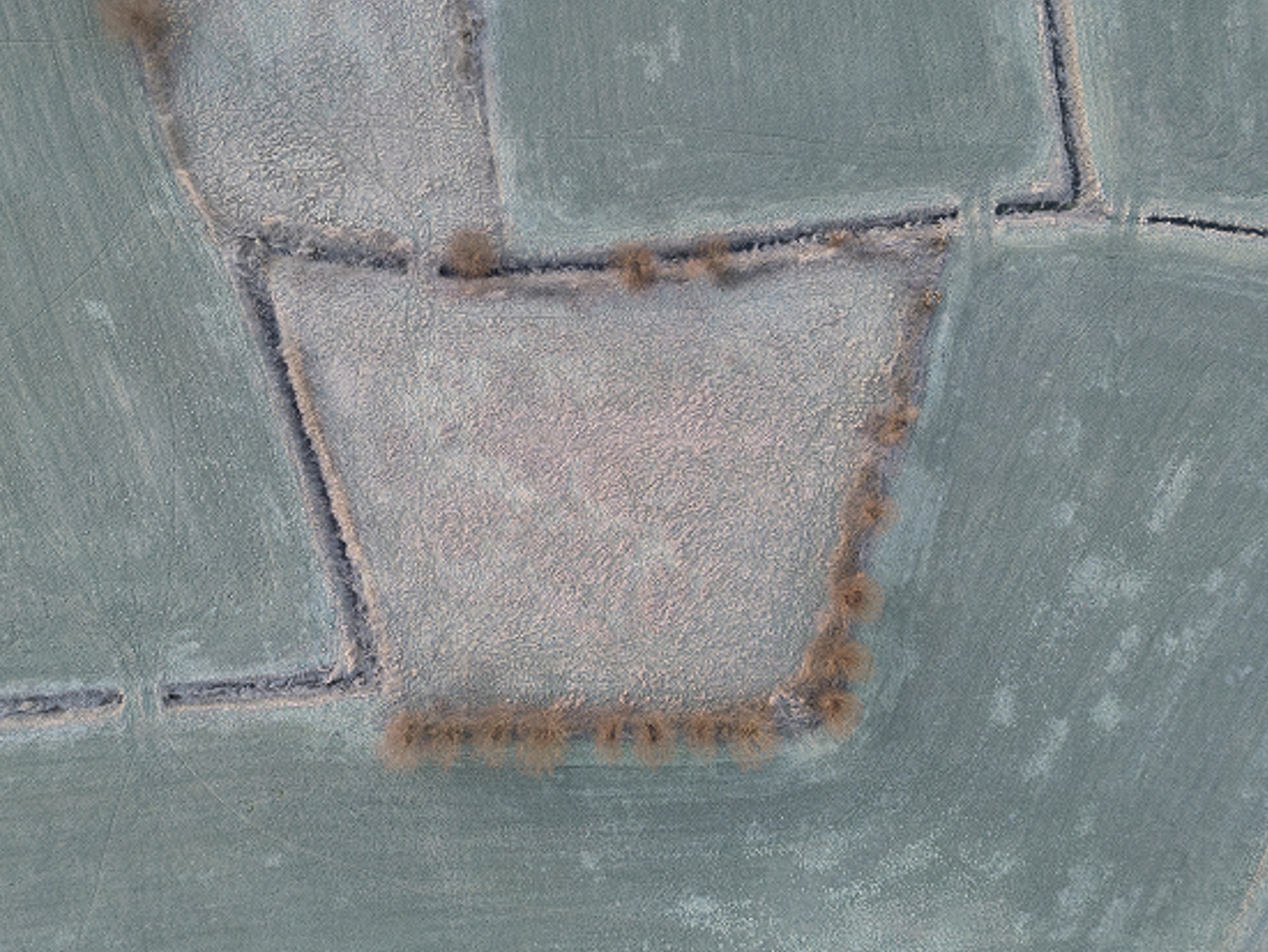A few weeks ago, our team at Adyton had the distinct pleasure of participating in the National Guard Association’s 2021 Annual Conference at Mandalay Bay in Las Vegas.
With exhibitors from over three hundred other organizations, ranging from academic institutions to multinational defense primes, as well as representatives from all fifty-four Guard components (bonus points for anyone who can name #51-#54), the conference was a unique opportunity to hear firsthand from a wide set of general officers about the kinds of problems that keep them up at night.
RECURRING THEMES
Mobile technology, digitization and, above all, engagement with personnel bubbled up repeatedly in our conversations with senior leaders. Granted, given that our company builds mobile-first technology, there is no doubt some selection bias. Nevertheless, we were impressed by the number of senior leaders who sought us out for perspective on how mobile might work in DoD. In the words of a general officer from the Army National Guard, “I don’t know anything about all this digital, mobile stuff — but I know it’s my only chance to reach my people.”
“I don’t know anything about all this digital, mobile stuff — but I know it’s my only chance to reach my people.”
While the pandemic has brought “this digital, mobile stuff” to the forefront for the broader defense community, this is actually nothing new for Guard leadership, who have long had to navigate the challenges associated with a remote workforce and limited access to enterprise systems. According to an O6 from the Air National Guard, “Most of my people don’t even have access to a computer 90% of the time — much less a CAC card reader — and we can’t use drill weekends to catch up on paperwork.”
As organization leaders in the civilian world have realized over the past ten years, Guard leaders have recognized that, as the ubiquitous point of interaction, mobile is the single-most critical unlock for the structured flow of information throughout an organization. “Email is dead,” in the words of a retired USAF two-star, “and we cannot run a professional military organization on text chains, phone trees and WhatsApp threads. It’s absurd, especially when every single member of the unit is carrying around a perfectly good computer in their pocket.”
“Email is dead, and we cannot run a professional military organization on text chains, phone trees and WhatsApp threads."
In this context, National Guard leaders actually have a distinct advantage over their Active Duty counterparts in that, for the most part, they all have full-time jobs on the civilian side and a greater familiarity with the caliber of convenience and performance a modern organization expects of its software. In banking or healthcare, for example, the notion that one’s subordinates could only check email via a dedicated workstation is anathema — and yet there is limited trade-off between access and security. As another senior leader pointed out, “We would grind to a halt without mobile at [my civilian company] — but in the military we’ve either been told that it can’t be done or else we don’t know where to start.”
WHERE TO START
Where to start, indeed, becomes a critical question, and we heard a great deal of uncertainty among Guard leadership about how mobile will work in the DoD and whether BYOD in the Department of Defense is a viable model. How does a Guard leader go about trialing and introducing new technology quickly? How do we use mobile to work more closely with other agencies? Can we use mobile to foster greater community among not just our personnel but also their families? What about service members who do not have a smartphone?
To begin to answer those questions, a number of leaders are trying to figure out an overarching “app strategy.” This means navigating challenges with compliance and cyber risk, all whilst experiencing the pressing need to bring tools to bear quickly in organizations that, in the past twelve months alone, have been asked to respond to everything from wildfires & hurricanes to civil unrest to the withdrawal in Afghanistan.
While the number of uncertainties may seem daunting, there is also a growing sentiment that the status quo is no longer sustainable. According to one senior leader, “All barriers aside, if we can’t give our people something they will actually use — something not controlled by Facebook — then we leave ourselves vulnerable to much bigger problems, to say nothing of the inefficiency.”
“All barriers aside, if we can’t give our people something they will actually use — something not controlled by Facebook — then we leave ourselves vulnerable to much bigger problems, to say nothing of the inefficiency.”
As both technologists and veterans who spend most of our time thinking about mobile and the Department of Defense, we have been glad to offer the following perspectives, which in our experience have been good starting points for more action-biased discussion:
Harness the power of mobile networks and devices to the benefit of the organization. Other considerations become operational details. The consumer and business sectors have taken advantage to create new agility, engagement and data visibility for organizations. Lay out the key objectives, and effects that you want technology to have on the organization. Common threads are engagement, efficiency, retention, agility and safety.
Encourage experimentation and trialing software. To determine the kinds of capabilities that are needed across an organization, one must listen to the end users, to the E3s and O3s who are running operations on a day-to-day basis. Ask them to describe where the friction lies and to tell you about the things they do on a regular basis which get in the way of doing the job for which they signed up in the first place. Every pilot we meet tells us they joined the Air Guard to fly planes, not to run phone trees. If software can help that pilot do their job more effectively and with greater satisfaction, the impact will be measurable in retention data. As a former C-17 pilot in the Guard once told us, “No one ever got out of the military because we don’t have artificial intelligence. People get out every day because it takes forty-five minutes to check email.”
“No one ever got out of the military because we don’t have artificial intelligence. People get out every day because it takes forty-five minutes to check email.”
- Mitigate risk by choosing flexible solutions. Vendor lock-in adds risk in an uncertain environment. Units should insist on unambiguous and explicit data ownership and exportability.
- Know who is operating the software. These should be US-controlled companies that are beholden to US law. The consumer application space is filled with software owned by foreign entities that harvest data for a variety of purposes.
- Recognize that there is a difference between DoD compliance and security. Broadly speaking, although there are exceptions, everything that is compliant is also secure. Everything that is secure, however, is not always compliant.
- If a piece of software is not already compliant, ensure that it is capable of achieving DoD compliance. If your unit trials and falls in love with some software, they are going to want to keep using it. We have heard stories of a number of units who found a piece of software to help them solve a problem, only to find that the software architecture as designed could never support FOUO and CUI information. At minimum, you should require FIPS-validated encryption capabilities, strong logical separation of data from other tenants and also that DoD data is isolated from non-DoD data. If your software can do that, it has a good chance of being certified for compliant use.
- Recognize that the introduction of digital capabilities is going to change the way your organization functions. This is the intersection of technology and leadership. When properly executed, better software tools introduce new channels for communication & productivity and further strengthen command culture, all of which in turn will increase expectations around efficiency, quality of work and transparency with leadership.
.png)















































